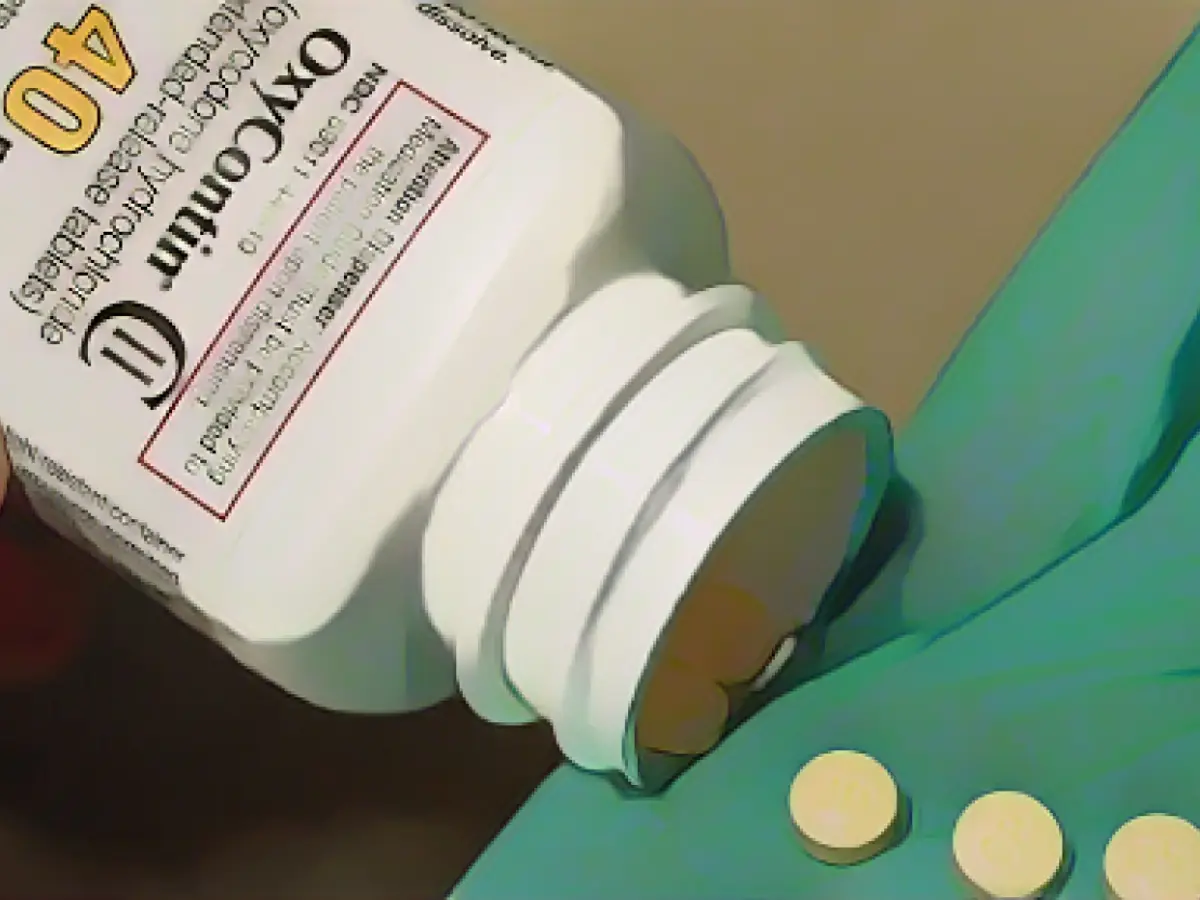In the world of law and business, the term "third-party release" has gained popularity, particularly for organizations accused of mass wrongdoing. This tactic involves releasing third parties from any potential future legal liabilities, shielding the accused organization from accountability. The recent case of Harrington v. Purdue Pharma L.P. has shaken up this practice, altering the landscape of legal disputes.
The ruling, handed down by the U.S. Supreme Court, brought forth significant changes that professionals in both the legal and business spheres have been discussing. Some key implications include:
- Ban on Non-Consensual Releases: The Supreme Court confirmed that non-consensual third-party releases are not permissible under the U.S. Bankruptcy Code. This means that bankruptcy courts can no longer compel third parties to release claims against one another without explicit consent from all involved parties.
- Impact on Bankruptcy Proceedings: The ruling made it clear that bankruptcy plans incorporating non-consensual third-party releases would not be upheld. The Purdue Pharma case, in which the bankruptcy court initially allowed such releases, illustrates this point. The decision by the District Court for the Southern District of New York and the U.S. Supreme Court to reject the plan demonstrates the clear preference for consensual approaches to resolving disputes.
- Requirement for Explicit Consent: The decision emphasizes the importance of obtaining explicit consent from all parties involved in any release of liability. This ensures that all stakeholders, including creditors and claimants, have a clear understanding of the terms and consequences before proceeding.
- Precedent Setting: Harrington v. Purdue Pharma L.P. provides a precedent for future cases involving mass torts and organizational misconduct. It encourages a transparent and consensual approach to resolving claims, ensuring that all parties understand the implications of any settlement or release.
- Hybrid Approaches in Mass Tort Cases: The ruling has inspired innovative solutions in mass tort cases. Organizations like the Diocese of Rockville Centre have adopted hybrid approaches that merge traditional bankruptcy procedures with prepackaged settlements. This results in a more equitable and consensual approach to resolving conflicts and releases.
In conclusion, the Supreme Court ruling in Harrington v. Purdue Pharma L.P. reaffirmed the need for explicit consent in third-party liability releases, making it more difficult for organizations to shield themselves from liability. It promotes a more fair and transparent process for addressing mass tort claims and serves as a benchmark for future legal disputes involving accusations of organizational misconduct.







